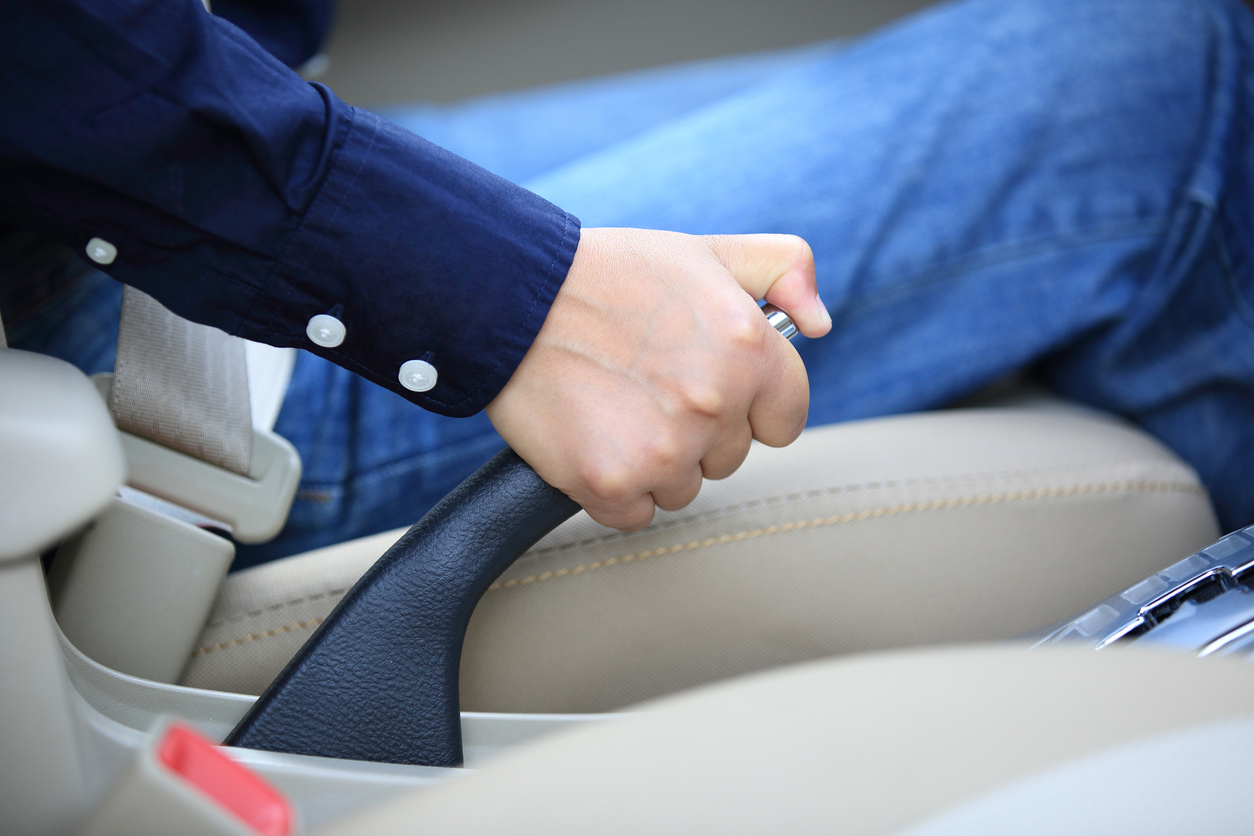Have you ever used your emergency brake before? Maybe you're one of the few who actually is not sure when and where to use it? This great article that All Tech Automotive found on Nationwide that talks about how and when to use this feature.

How and When to Use Your Emergency Brake
When should you use the emergency brake? New and experienced drivers often don’t know how the emergency brake works, or how and when to use it. Yet it can increase the safety of a vehicle, not to mention its engine life.
How emergency brakes work
The emergency brake, or parking brake as it's sometimes called, works independently from the brakes that you tap to stop your car. It's that way on purpose so you have access to an alternative braking system should your primary brakes fail.
Your primary brakes work through a high-tech hydraulic system and are meant to slow your car to a stop. The emergency brake, on the other hand, is designed to hold your car in place. However, if your primary brakes fail, you can use the emergency brake to slow down and stop your car.
When to use emergency brakes
You should use your emergency brake every time you park. It doesn’t matter if you're on a hill or a flat parking lot, whether you drive an automatic or manual transmission, or whether the weather is pleasant or inclement.
As the name suggests, you should also use your emergency brake in an emergency. If you can't stop your car, slowly pull up on the emergency brake handle or press the pedal down to come to a complete stop.
How to use emergency brakes
Many drivers put their cars in park before setting the emergency brake. That’s backwards.
The correct way is to stop your car with your primary brakes, set the emergency brake and then place your car in park before turning off your engine.
If you put the car in park and then release the brake pedal, the transmission holds the car in place. That increases the wear and tear on it. Engaging the emergency brake first is easier on the transmission.
When you're ready to leave, start your engine, press your primary brake, release the emergency brake and shift into drive. Remember that driving with your emergency brake on can damage your car.
Why emergency brakes are important
Using the emergency brake every time you park gives your car added stability. For example, if your car is hit while it's parked, the emergency brake decreases the chances of it rolling.
Engaging the emergency brake also keeps it in good working order. Emergency brakes that aren't used can rust, which makes them less likely to work properly in an emergency.
To view the original article, click here.